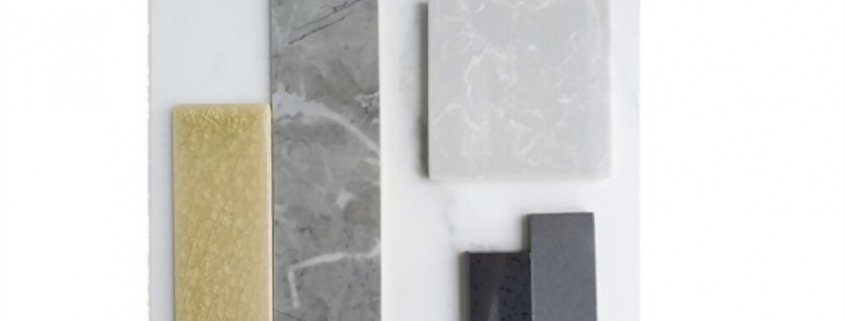Types of Countertops: How to Choose the Best Material for Your Kitchen
The first step to a productive kitchen is to choose a surface countertop that fits your kitchen . After all, your countertops do not hesitate to cook. We may also claim that the background and major event in any kitchen is for your counters: they take on a large amount of visual building. And the materials and choices you have chosen, whether unbreakable or handcrafted tiles are as useful as they are for style.
Jamconceptremodel has amazing countertops for you. To choose the best fit countertop, have a look at types of countertops
Types Of Countertops
The finest material in your kitchen depends on numerous factors: color, general look, durability, stain- and scratch-resistance, and of course, cost. No one countertop is great for every home.
1- Natural stone
A comprehensive Granite, marble, soapstone, and slate are the most popular natural stones used in countertops. lamination of each substance is provided here:
Granite:
Granite is once widespread nowadays and is by far the most popular natural pillar counter material, only seen in the costly, high-end kitchen. Granite countertops are mostly offered by local manufacturers but are also widely accessible in various homemade shops and showrooms.
Most granite counters are finished in a shiny finish, but a finish is also available that is a lot less glossy and more matte. And leather granite has a slightly rough surface which gives the kitchen a rustic, informal appeal.
Marble:
This is a natural high-end stone that is made of less color than granite. In addition, marble is somewhat soft and porous and hence not so resistant to stain as granite. Marble, however, is considered an almost ideal surface for tasks such as baking or preparing fresh pasta. Care may reveal knife marks when cutting, though.
Slate and soapstone:
Both come in considerably less than granite colors. Soapstone is generally dark greenish, however, it is popular to use pale green-grey sheets. Slate is a very thick stone with five colors: green, red, grey, purple, and black. Solid surfaces
The solid surface is one of the amazing countertops that are made of thick acrylic, polyester, or blending, providing little maintenance and several colors and pattern options. It is very resistant to stain and damage, totally renewable, and reparable. Deep gouges can be filled. Scratches and burns can be polished away. The seams are combined to produce invisible connections which provide for huge and long portions of counters and over-large island tops a good solid surface. The compartment can also be colored to complement or contrast solid-surface sinks.
2- Engineered stone
A few of the composites presently available include Corina Quartz, Formica Solid-Surfacing, and Siltstone.
The primary distinctions between engineered and traditional solid surface materials are that the stones are considerably harder to work with and are not found in solid surfaces in depth, clarity, and brightness.
3- Concrete countertop
Beton countertops, closely resembling genuine stone, continue to be popular with individuals seeking a fully personalized countertop. In contrast to the concrete countertops in the latter 1980s, messily filled on top of the cabinets, manufacturers currently provide pre-cast counters manufactured in a workshop and brought to your home — completely cured and completed.
4- Plastic laminate
Plastic laminate – commonly referred to as the Formica – is a remarkably long-lasting material that can survive in the harshest kitchens for many years, which is astonishing when one considers that plastic laminate is mostly manufactured from resin impregnated Kraft paper. However, countertops should only be used with a matte or fine matte finish. Never choose a laminate texture for a kitchen counter, its elevated ridges will exhibit very rapid wear.
5- Ceramic tiles
For the last decade or two, the trend in kitchen design has evolved into smooth, low-maintenance countertops. As a result, the counters covered with porcelain or ceramic tiles are reduced. This does not imply though that your kitchen should be completely discounted. Tile is a great alternative for backpacks and secondary work areas, such as isles, eat-at counters, peninsulas, wet bars, or pantries of butlers. Please make sure that tiles on floors or worktops are used. Don’t use a counter wall tile. It’s too thin and is going to fracture quickly.
6- Wood countertops
For a working surface, wood worktops are a fantastic alternative. Act9 per cent of the injected bacteria perished within 3 minutes of wood surface exposure, according to 1993 research by the University of Wisconsin, where microbiologists had purposely contaminated wood cutting panels during testing. The study revealed that boards for wood cutting are safer, more bacterial than boards for plastics.
Above are details of types of countertops. For more information feel free to contact us.




Leave a Reply
Want to join the discussion?Feel free to contribute!